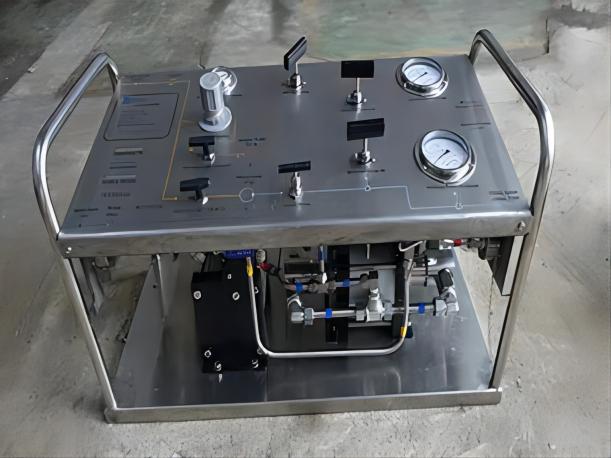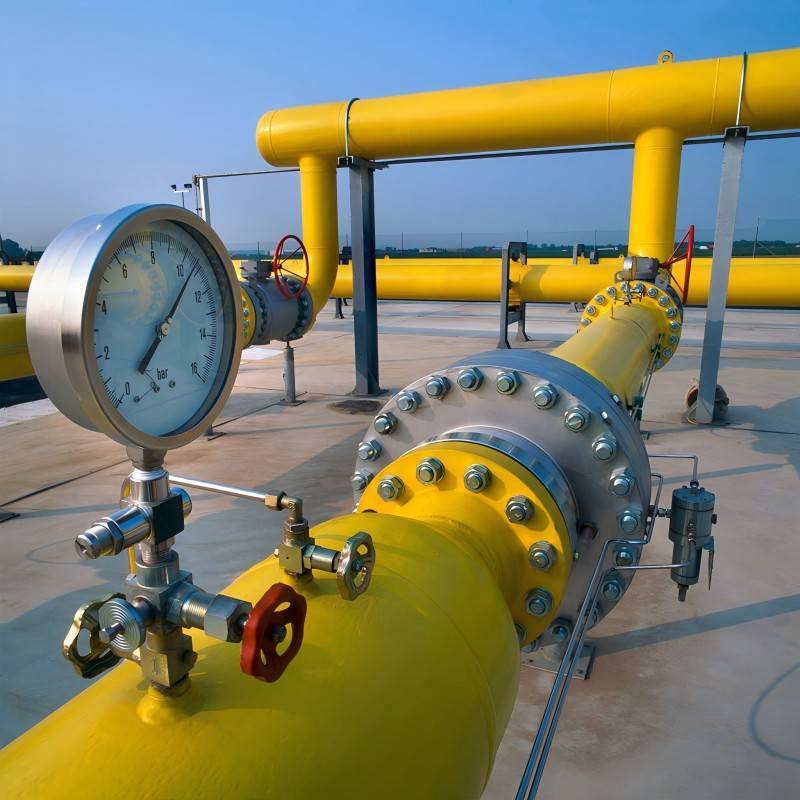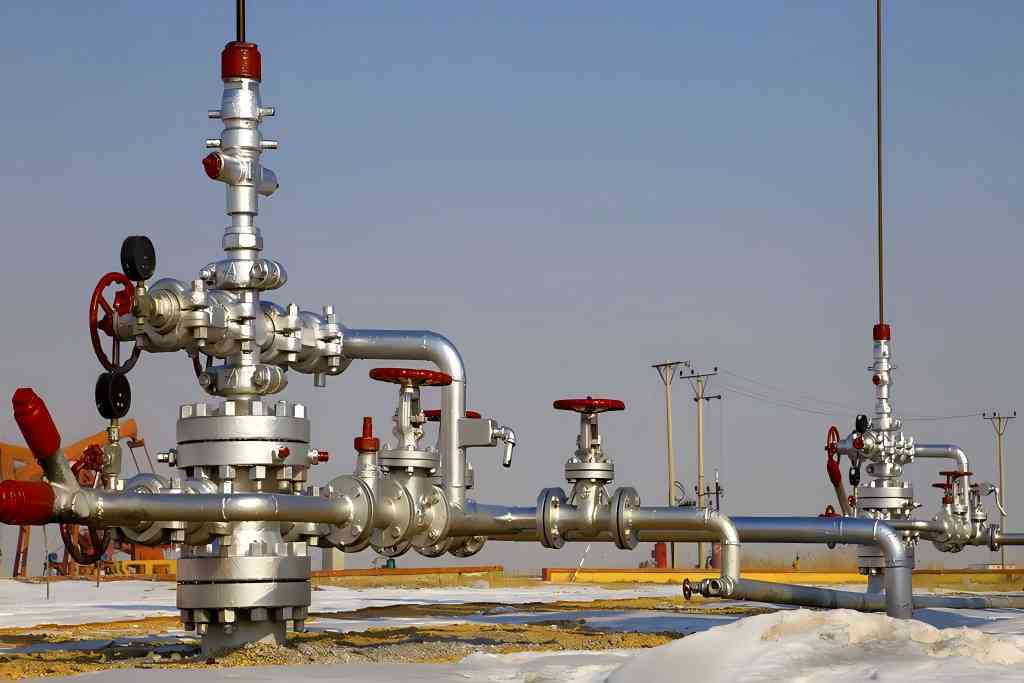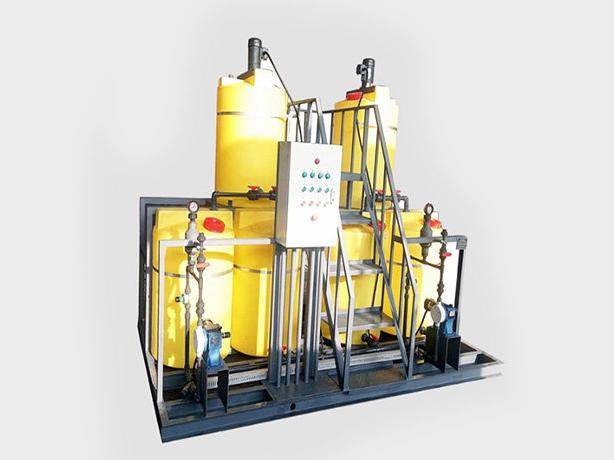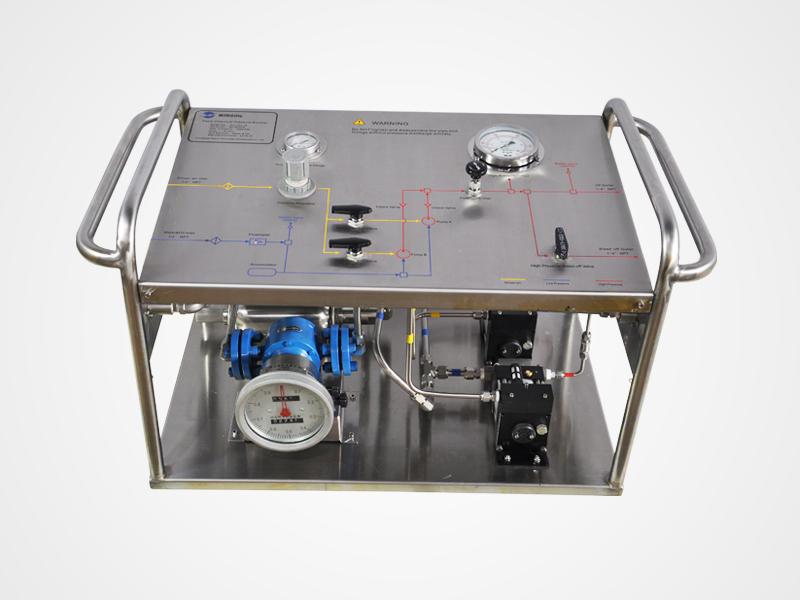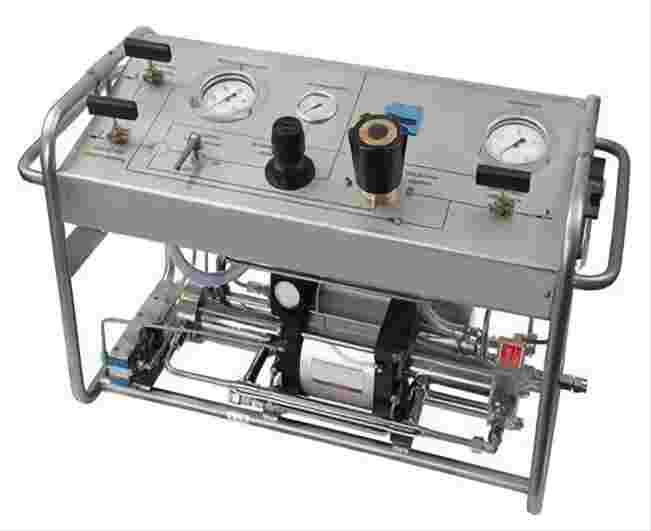What Are Hydrostatic Test Pumps – Features And Applications
For many uses of high-pressure machinery, hydrostatic testing is an essential procedure. The hydrostatic test pump used to conduct the test will determine its outcome.
What Is Hydrostatic Test
The hydrostatic test is a pressure vessel leak detection technique. Hydrostatic testing involves pressurizing and filling the pressure vessel with water. Upon applying pressure, a leak can be discovered in the container. It is possible to utilize hydrostatic testing to evaluate the mechanical suitability of a pressure vessel.
When water or any other liquid is put under pressure in a pressure vessel during hydrostatic testing, the vessel may expand. The pressure vessel is then depressurized to measure the long-term deformation. It is not fit for operation if the deformation is too severe for the requirements being employed.
As the force behind hydrostatic testing, hydrostatic test pumps provide peace of mind. In other words, the pumps being tested must be similarly dependable and maintain suitable pressure levels in addition the system being evaluated has to be structurally sound and functioning effectively.
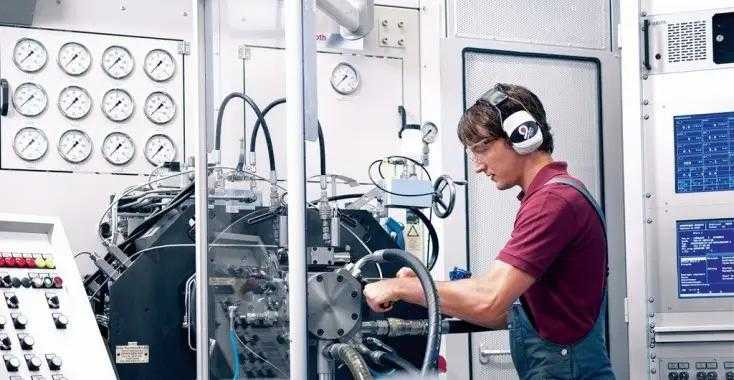
Features Of The Hydrostatic Test Pump
(1)The working pressure range of the hydrostatic Test Pump is wide, and various pump types may achieve a range of pressures.
Accordingly, by adjusting the output pressure and input pressure, one can reach very high pressure.
(2) A wide range of flow is possible; however, to achieve the least flow, the air intake must be adjusted. All pump models require a minimum air pressure of 0.1 kg to operate smoothly.
(3) Simple to operate; requirements can be met by simple manual control or fully automated control.
(4) A recurring restart. The pressure retention circuit will automatically resume to replace any leakage pressure and maintain the circuit’s pressure no matter what causes the pressure to drop.
(5) Gas-powered, safe operation; no arc or spark; suitable for use in hazardous conditions.
(6) Since there is no energy used to maintain pressure, the maximum energy savings can exceed 70%.
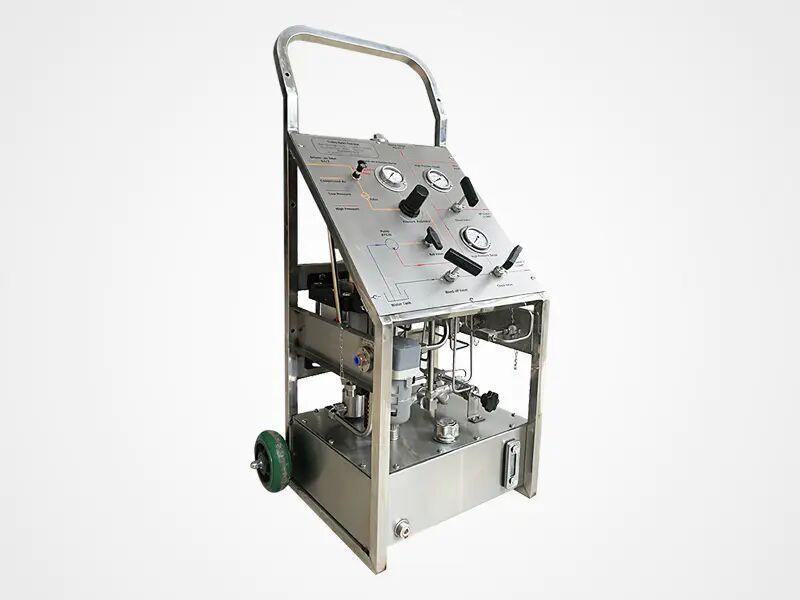
Common Applications Of Hydrostatic Test Pumps
The hydrostatic testing pump is done on a wide range of pressure vessels, including fire extinguishers, gas cylinders, and oil and gas pipelines.
1. Boiler test
One technique to confirm that pipes, fittings, and connections are properly sealed is to perform a boiler hydraulic test. After any substantial pressure vessel or new boiler construction, this test is carried out.
To start the tests, the boiler was partially filled with water using a hydrostatic pump. Fill the container with water until the maximum permissible operating pressure is reached (MAWP).
hydrostatic testing of the boiler with cold water is not advised. Utilizing cold water causes metal pipes to shrink and leak. Before doing the test, it is advisable to allow the water to warm up for at least 24 hours.
After being filled with water, the boiler needs to be examined for leaks. The needle on the gauge will decrease if the boiler has any leaks.
2. Tube producer
At industrial pipe production facilities, pipes of all lengths, especially pipes sold to government organizations, will undergo hydrostatic testing. They must demonstrate that each pipe complies with standards and won’t malfunction in crucial applications like Navy defense ships.
3. Cooling system
Tanks or coils for air conditioning or cooling are periodically inspected, especially in structures where climate control is important, such as hospitals. Even military vehicles working in hot regions and electronic equipment in industrial electrical enclosures use this kind of refrigerant to keep their equipment cool. Municipal vehicles, such as city buses, also use cooling systems, and some state transportation organizations may demand periodic testing to guarantee safe and effective functioning.
4. Fire hose
It’s important to test critical applications like fire hoses to make sure they won’t malfunction or break while being used. Before being put onto a fire truck or delivered to a fire station, they are typically tested. Following NFPA guidelines, inspectors will introduce fluid into the hose and pressurize it to at least 300 PSI.
5. Automatic sprinkler system
To make sure they can resist pressure and function properly when activated, many sprinkler systems must undergo regular testing. The primary sprinkler system line was attached to a pump, which was inflated to 250 PSI for at least 15 minutes.
6. Others
The hydrostatic testing pump has numerous additional uses, such as inspecting irrigation systems, gas cylinders, sewer pipes, oil and gas pipelines, and more.
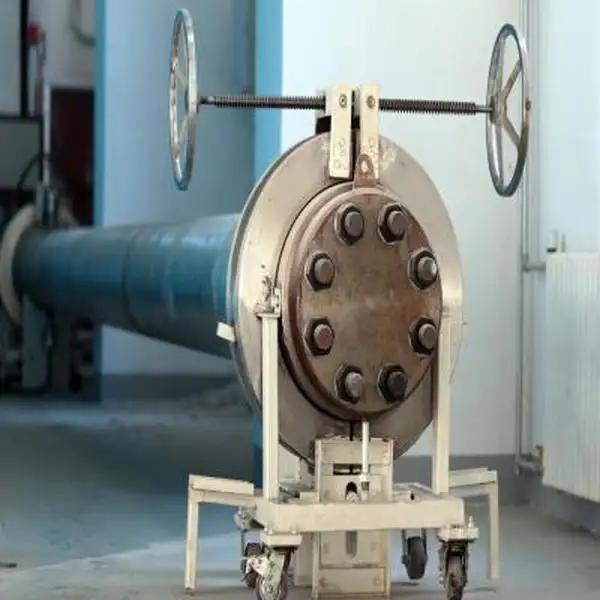
Summary
The hydrostatic test pump used to conduct the test will determine the outcome of the testing. This article explains the need for hydraulic testing, pump characteristics, and common areas of application.

